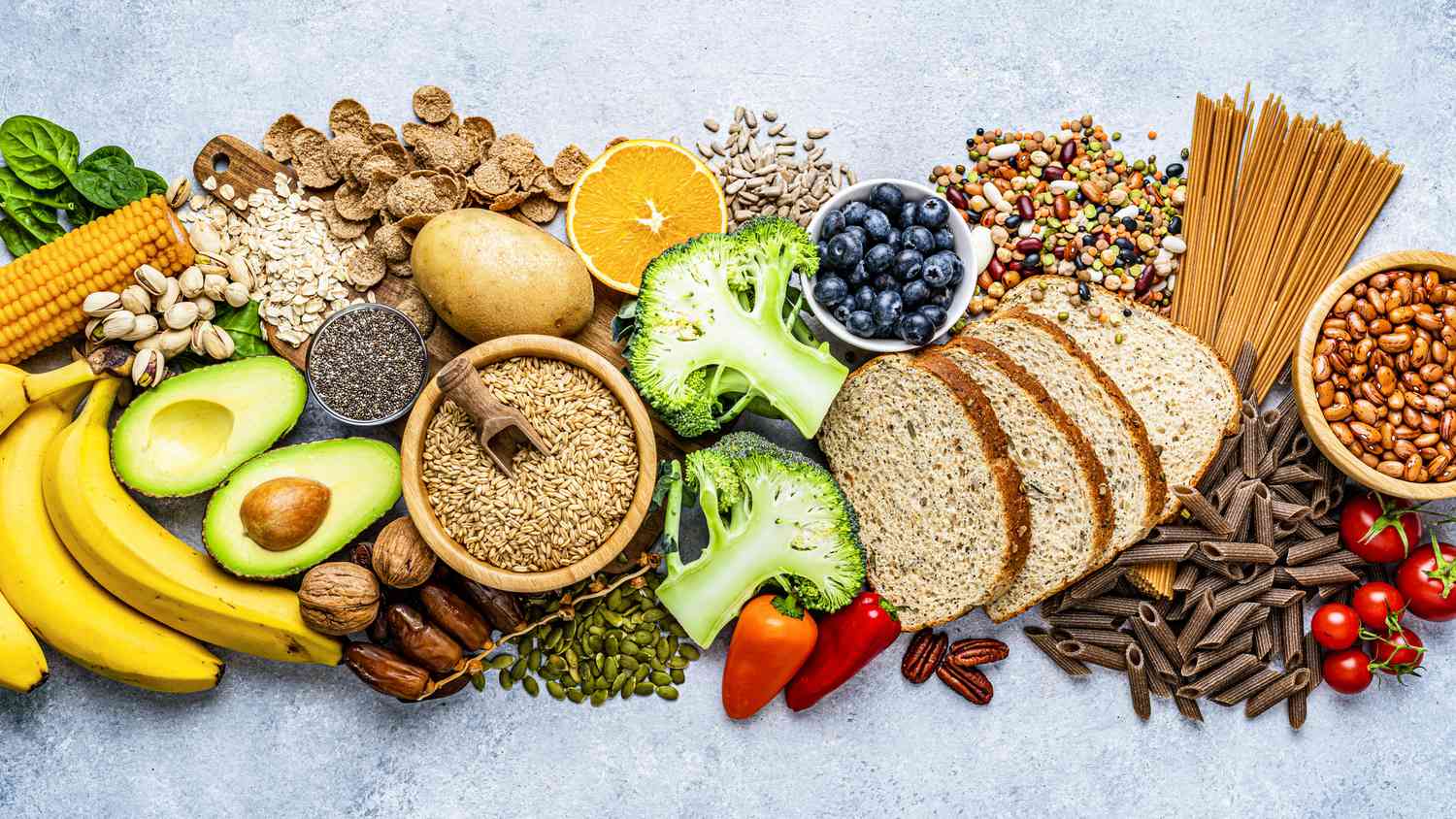The Insoluble Dietary Fiber Market is projected to grow from USD 2891.5 million in 2024 to an estimated USD 5932.82 million by 2032, with a compound annual growth rate (CAGR) of 9.4% from 2024 to 2032.The Insoluble Dietary Fiber Market is experiencing robust growth, driven by increasing consumer awareness about the health benefits of dietary fiber and its role in maintaining digestive health. Insoluble dietary fibers, found in whole grains, vegetables, fruits, and legumes, are essential for promoting gut health and preventing conditions like constipation, diverticulosis, and other gastrointestinal disorders. These fibers do not dissolve in water but add bulk to the stool, facilitating smooth bowel movements. Their rising inclusion in food and beverage formulations, coupled with growing health-consciousness among consumers, has positioned the market for significant expansion.
Browse the full report https://www.credenceresearch.com/report/insoluble-dietary-fiber-market
Market Dynamics: Growth Drivers and Trends
Health Awareness and Demand for Functional Foods
One of the key drivers of the insoluble dietary fiber market is the increasing prevalence of lifestyle-related disorders, such as obesity, diabetes, and cardiovascular diseases. Consumers are seeking functional foods and beverages enriched with dietary fibers to manage weight, regulate blood sugar levels, and improve overall health. Insoluble fibers, such as cellulose, hemicellulose, lignin, and resistant starch, are widely used in various food products, including bread, cereals, and nutritional bars, owing to their proven health benefits.
Rising Geriatric Population
The global aging population is another factor fueling market growth. Older adults are more prone to digestive issues, and incorporating insoluble fiber into their diets can alleviate these problems, promoting a healthy digestive system. This demographic shift has increased the demand for fiber-enriched products designed specifically for senior citizens.
Clean Label and Plant-Based Trends
The market is also benefiting from the increasing demand for clean-label and plant-based products. Insoluble dietary fibers are naturally sourced, aligning well with consumer preferences for natural, non-GMO, and allergen-free ingredients. This trend has spurred innovations in product formulations, encouraging manufacturers to develop plant-based food and beverage options enriched with dietary fiber.
Key Applications Across Industries
Food and Beverages
The food and beverage industry accounts for a significant share of the insoluble dietary fiber market. These fibers are widely used in bakery products, cereals, snacks, and beverages to enhance texture, extend shelf life, and improve nutritional value. Fiber-enriched products are increasingly popular among health-conscious consumers, particularly those focused on weight management and maintaining digestive health.
Pharmaceutical and Nutraceutical
Insoluble dietary fibers are gaining traction in the pharmaceutical and nutraceutical sectors, where they are incorporated into supplements and functional foods for their health-promoting properties. The fibers aid in lowering cholesterol levels, improving blood sugar regulation, and reducing the risk of chronic diseases. This has created a strong demand for fiber-based supplements in the global health and wellness market.
Animal Feed
The use of insoluble dietary fiber in animal feed is another growing application. These fibers improve the digestive health of livestock and pets, enhancing nutrient absorption and overall productivity in animals. The increasing focus on sustainable and high-quality animal feed is driving this segment’s growth.
Future Outlook and Challenges
The insoluble dietary fiber market is poised for sustained growth, with advancements in food processing technologies and innovations in fiber extraction methods. However, challenges such as the high cost of raw materials and potential side effects of excessive fiber intake may hinder market growth to some extent. Despite these challenges, the market is expected to thrive as consumers increasingly prioritize digestive health and wellness.
Key Player Analysis:
- ADM (U.S.)
- AdvoCare (U.S.)
- Cargill, Incorporated (U.S.)
- DuPont (U.S.)
- Grain Processing Corporation (U.S.)
- Ingredion (U.S.)
- RETTENMAIER & SÖHNE GmbH + Co KG (Germany)
- Nexira (France)
- Roquette Frères (France)
- SunOpta (Canada)
- Tate & Lyle (U.K.)
Segmentation:
By Product Type:
- Hemicellulose
- Cellulose
- Resistant Starch
- Lignin
- Chitosan & Chitin
- Bran
- Others
By Source:
- Vegetables
- Legumes
- Grains & Cereals
- Others
- Fruits
- Citrus Fruits
- Exotic Fruits
- Others
By Application:
- Dietary Supplements & Pharmaceuticals
- Beverages & Functional Food
- Pet Food
- Others
By Region
- North America
- U.S.
- Canada
- Mexico
- Europe
- Germany
- France
- U.K.
- Italy
- Spain
- Rest of Europe
- Asia Pacific
- China
- Japan
- India
- South Korea
- South-east Asia
- Rest of Asia Pacific
- Latin America
- Brazil
- Argentina
- Rest of Latin America
- Middle East & Africa
- GCC Countries
- South Africa
- Rest of the Middle East and Africa
Browse the full report https://www.credenceresearch.com/report/insoluble-dietary-fiber-market
Contact:
Credence Research
Please contact us at +91 6232 49 3207
Email: sales@credenceresearch.com
Website: www.credenceresearch.com

Leave a Reply
You must be logged in to post a comment.